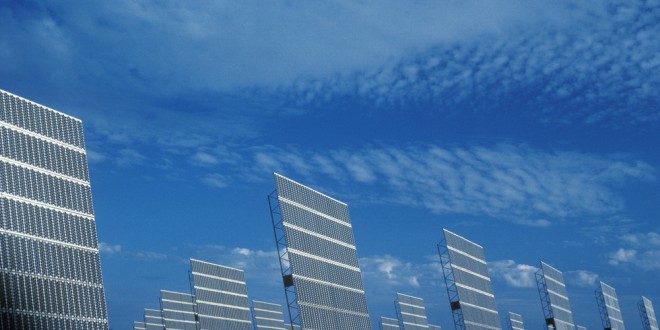Can Solar Panels Be Recycled?
The solar industry provides clean renewable energy to communities nationwide, by both bolstering local economies and reducing communities’ environmental footprint. The energy industry is continually growing and adapting to the shift towards renewable energy sources. Solar power is one of the lower maintenance sources of clean, renewable energy. After initial installation, panels require little maintenance over their lifespan and can easily power entire homes and businesses while helping drastically reducing greenhouse gas emissions. However, no source of energy is perfect and although they may last upwards of 20 years if kept in good condition, what happens when their lifespan comes to an end? The good news is solar panels can actually be recycled and most of their hardware can be kept out of landfills.
How Are They Recycled?
Although solar panels can be recycled, the process is somewhat complex, mainly because the final product is made up of so many different materials. An impressive 96 percent of solar paneling materials can be reused in the production of producing new panels. A single panel contains glass aluminum, lead, copper, silicon, and many other components that need to be carefully separated in order to be properly recycled. Despite the recyclability of PV modules, the material separation process can be tedious and require some advanced machinery. First, the frame must be removed, which is usually aluminum and 100% reusable. Then comes the glass separation along a conveyor belt, which is usually 95% reusable. Next comes thermal processing at temperatures of over 500 degrees Celsius used to evaporate plastic components allowing for easier separation of metals in the next steps. The leftover silicon wafers are 85% reusable and can be smelted into reusable slabs. High tech light-sensitive sorting techniques or chemical baths are needed depending on the PV technology used. The materials are then often hand-checked to ensure they have been properly sorted and refined before they can be reused in new products.
What Is Available Now?
Europe remains the leading force in this sector, but China, Japan, India, Australia, and the US are right on their heels. PV Cycle is a nonprofit organization in the EU that is currently defining the best methodologies and documenting costs associated with effectively recycling solar panels. There are a handful of other groups in the US like the Solar Energy Industries Association (SEIA) and Recycle PV that are continuing to lay the groundwork for the industry. SEIA members offer take-back and recycling programs and work in tandem with waste handlers, disposers and resellers to ensure best practices are upheld. Some companies may even refurbish and resell PV equipment for off-grid usage or exportation outside the US.
One of the first steps in taking proper disposal and reuse of PV panels to the next level is mimicking the policy framework as it exists in Europe. The Waste Electrical and Electronic Equipment regulations require all solar panel producers to submit a report outlining the associated costs of dismantling and recycling their modules.
When Should You Recycle?
Since solar panels are outside they are manufactured to withstand the elements making it pretty unlikely that a nonfunctioning panel will appear physically broken. Even if they are kept in excellent condition, after about 25-30 years the crystalline silicon panels will begin to show significant dips in their ability to properly produce energy. What usually happens is that stress-induced microcracks will occur, causing the degrade in both efficiency and power output.
Just like many other manufactured products the disposal process is not particularly environmentally friendly. The heavy metals like lead and cadmium found in solar cells can be harmful to the environment if they are carelessly thrown away. This means it not recommended to simply dispose of any old or broken panels in regular landfills in case these modules break and cause the toxic materials to leach out into the surrounding soil.
What Does The Future Hold?
Solar panel recycling is more important for the future than many realize. Solar energy is an inexpensive and environmentally friendly method of energy production. Thanks to a continuing drop in the price of solar energy, an increasing number of businesses and homebuilders are leaning toward investing in solar power systems. With the obvious positive impact on both the environment and the economy, even greater economic opportunities in the solar cell recycling sector will emerge.
Currently, solar panel recycling isn’t widely available in the U.S. because the installation rate is still relatively low in comparison to other countries. For the most part, a robust recycling infrastructure doesn’t exist in many countries. Although solar power used to be a niche market, government and state incentives are playing a major role in making solar power a more affordable and even profitable investment for many countries.
While the U.S. still has time to figure out its next steps, the International Renewable Energy Agency estimates that in about 15 years, end-of-life arrangements for solar panels will become a serious issue. A 2016 study by the IRENA suggests that in 2050 the recyclable materials in the old solar modules could be worth $15 billion in recoverable value. Keeping that in mind, large scale end-of-life management for all PV technologies is an important step in ensuring clean energy solutions for future generations.


